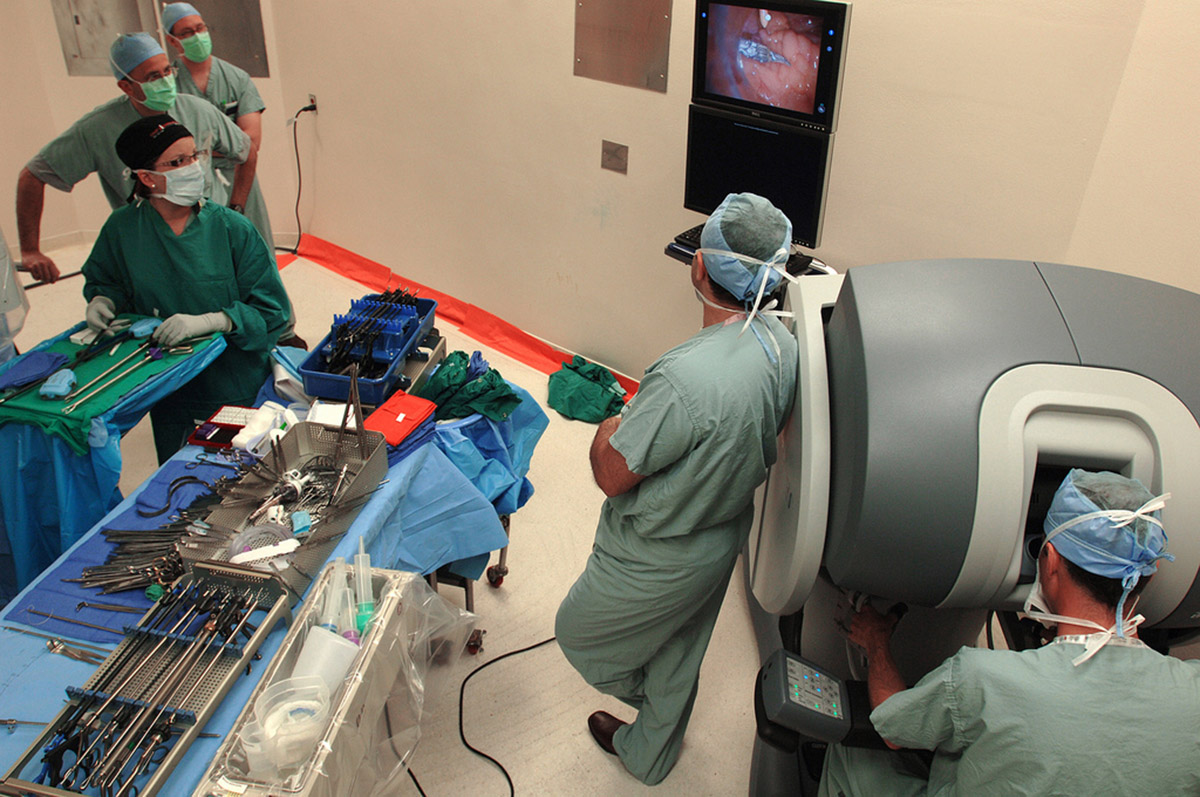Table of Contents
Benign Prostatic Hyperplasia, also called benign prostatic hypertrophy or benign prostatic obstruction, is an ailment in men in which the prostate gland becomes enlarged and malignant. It is said that Benjamin Franklin and Thomas Jefferson both suffered from BHP and so will many men.
The prostate gland goes through two stages of growth: during puberty, the organ doubles, and after the age of 25 it continues to grow for most of a man's life. It is during this phase of growth that benign prostatic hyperplasia happens.

The Prostate Gland: What Is It?
The prostate gland is a walnut-shaped part of the male reproductive system. The main function of the organ is to make the lubricating fluid that goes into semen. This fluid is essential to the fertility of a male. The prostate surrounds the urethra at the base of the bladder, at the neck where the urethra joins. There are two or more lobes that are enclosed in the front of the rectum, right under the bladder. The urethra is a tube that carries urine from the bladder onwards, so it can be eliminated. In males, the urethra also carries semen out of the body through the tip of the penis.
Causes Of BHP
The causes of BHP are not well understood, however, it mainly happens in older males. It does not develop in men who had their testicles removed before puberty took place. As a result of this, some researchers strongly believe the factors related to aging and the testicles may be the root of benign prostatic hyperplasia.
Throughout the life of a male, testosterone is produced and small amounts of estrogen are also manufactured. As a man gets older, the amount of active testosterone in the blood will be lessened and estrogen production will be in higher proportion. There are many scientific studies that have suggested BPH may happen because of the higher proportion of estrogen and the activity of substances which allow prostate cancer to grow.
Another hypothesis about BPH is that dihydrotestosterone or DHT, and it focuses on the role it plays in the development and growth of the prostate. Some research has indicated that even with a small drop in blood testosterone levels, older men keep on producing and accumulating high levels of dihydrotestosterone in the prostate.
READ Enlarged prostate: Prostate Laser Surgery
Risk Factors Associated With BPH
Males with the following risk factors have an increased chance of developing benign prostatic hyperplasia:
- Aged 40 years or older
- Erectile dysfunction
- A family history of BPH
- Medical issues like obesity, circulatory disease, type 2 diabetes, and heart disease
- Sedentary lifestyle (lack of exercise)
- Photo courtesy of MilitaryHealth via Flickr: www.flickr.com/photos/militaryhealth/7782846432
- Photo courtesy of kohlmann.sascha via Flickr: www.flickr.com/photos/skohlmann/9783472876
- www.niddk.nih.gov/health-information/health-topics/urologic-disease/benign-prostatic-hyperplasia-bph/Pages/facts.aspx
- www.mayoclinic.org/diseases-conditions/benign-prostatic-hyperplasia/basics/definition/con-20030812
- urology.jhu.edu/prostate/bph.php
- www.pcf.org/site/c.leJRIROrEpH/b.5780045/k.3758
- /Benign_Prostatic_Hyperplasia_BPH.htm
- www.auanet.org/common/pdf/education/clinical-guidance/Benign-Prostatic-Hyperplasia.pdf


Your thoughts on this